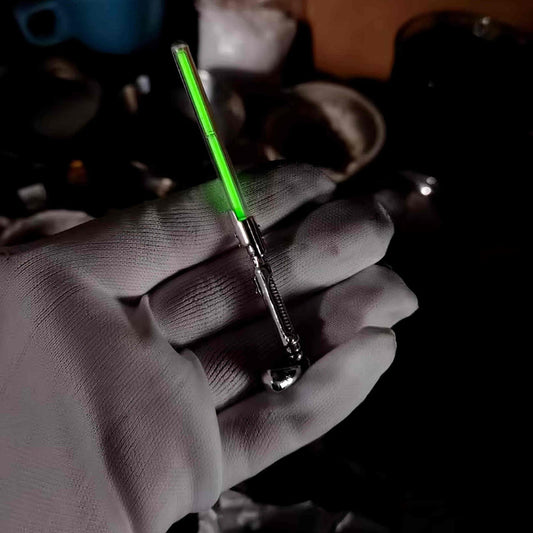Tritium Beta Decay A Glimpse into the Tiny Universe
Tritium Beta Decay A Glimpse into the Tiny Universe
The world of particle physics is often described as peering into the universe's building blocks with a magnifying glass. Among these building blocks lies the delicate dance of tritium beta decay, a process that might sound esoteric at first blush but holds a wealth of intrigue for both the scientific community and curious minds alike.
Imagine this: a single atom, nestled somewhere in the cosmos, decides to transform itself. Tritium, one of the isotopes of hydrogen, embarks on this transformation through beta decay. Here, a neutron in the tritium nucleus morphs into a proton, releasing an electron (a beta particle) and an antineutrino in the process. The transformation turns the atom into helium-3, a marvel of atomic evolution that happens as naturally as the turning of seasons.
When I first encountered tritium beta decay in an old physics textbook, I remember scribbling doodles in the margins as I tried to grasp the concept. To think that such tiny particles possess the ability to change their identity was—and still is—astounding. It's reminiscent of those moments when you suddenly understand a deeply held belief in a new light, the transition feeling as dramatic as a neutron turning into a proton.
Scientists have a particular interest in these beta particles for more than just the pure chemistry of it. Tritium is not only crucial in studies of nuclear fusion but also provides valuable insights into the production and behavior of neutrinos—those elusive particles that rarely interact with matter. If you're thinking this sounds like the stuff of science fiction, you're not entirely wrong. Neutrinos, with their ghost-like qualities, never cease to mesmerize physicists, offering clues to understanding the universe's most profound questions, including the very origin of matter.
The potential applications of tritium go beyond laboratory experiments. It's utilized in self-luminous exit signs and watches, thanks to its radioactive properties that make certain materials glow. This is where science tangibly meets everyday life, providing a subtle reminder of the ubiquitous yet hidden presence of atomic wonders in our world. Staring at a glowing watch face late at night, it’s amusing to think about the journey of tritium, that invisible companion ticking away in the dark.
On a personal note, tritium's story resonates with a sentiment my grandfather once shared, an appreciation for the unseen forces that shape our lives. He was a carpenter, someone who instinctively understood structure and transformation, much like these minute atomic changes. He had a knack for narrating life lessons through woodwork, often likening the shaping of wood to the unseen transformations we undergo through experiences. It’s fascinating how something as seemingly unrelated as tritium beta decay can echo life's subtler evolutions.
In a world enamored with grand visible changes, tritium's gentle reminder is the power of the invisible, the significance of change, no matter how small. Perhaps that's the enduring charm of exploring tritium beta decay—not just for its scientific marvels, but for the quiet philosophical reflections it inspires.



















